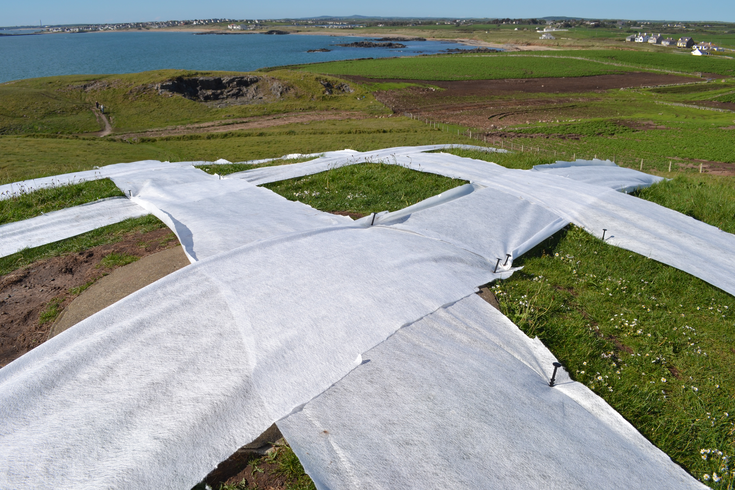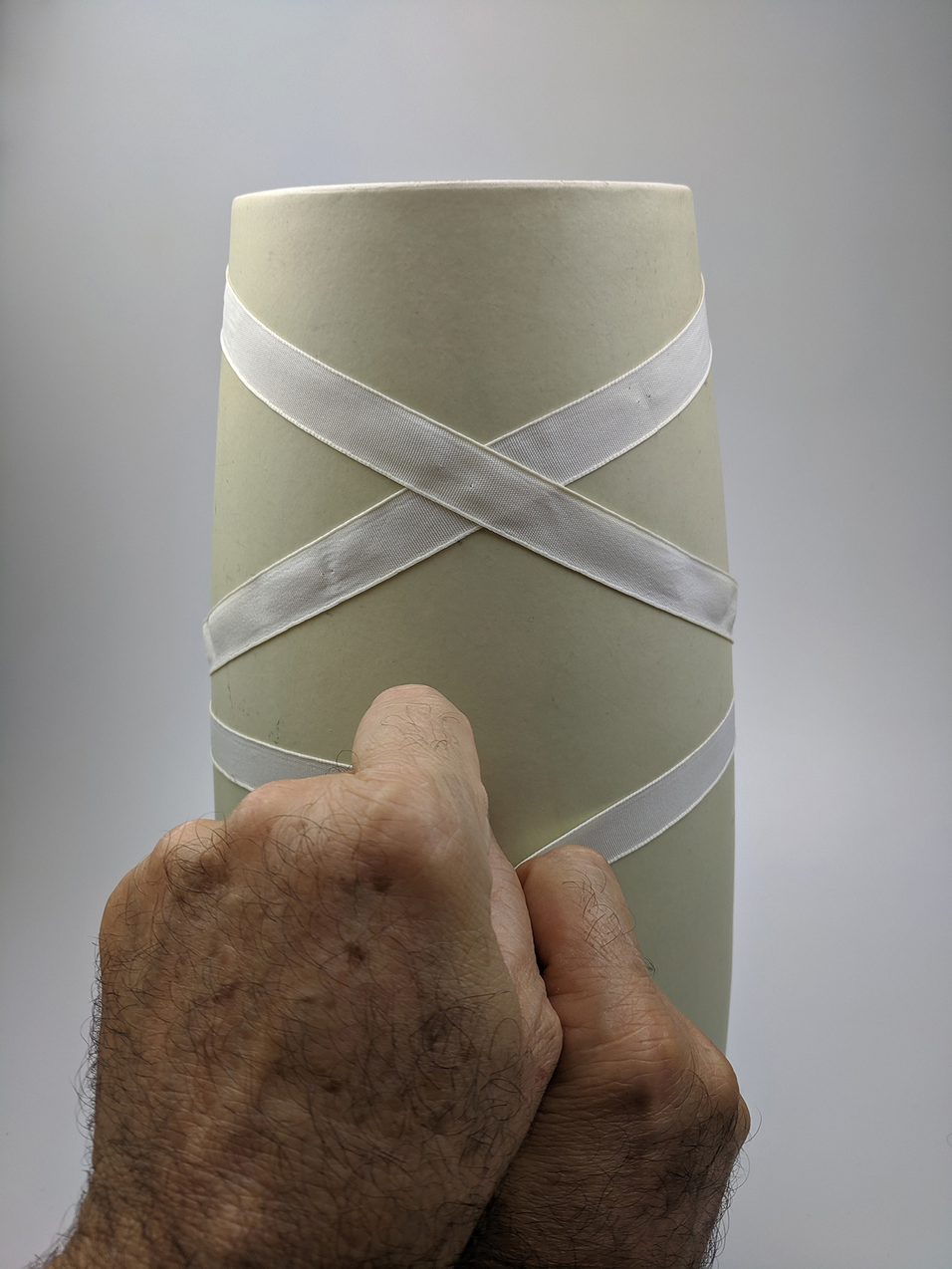“The pattern of lozenges (…) is a “pattern of embodied experience” (Johnson 1987, 175), respectively of an embodied cognition (Varela et al. 1993, 147), (…). It is apparent that the body memory retains the efficient gestures, just as the iconic memory (Humphreys & Bruce 1995, 192) stores them in imagery.
In the case of rhythmic gestures, the rhythm functions as a fixer of the gesture and of the image in memory. (…)
Recent research has revealed the close connection between bodily experience and visual memory which is the result of an embodied mind (Gallaher & Zahavi 2012, 146ff) (…). Performative actions belong equally to the field of experimental archaeology research, and to contemporary visual and digital art (see Dixon 2007).” [Figs. 1-3]
“[An] example of how bodily memory resulting from rhythmic activity shapes imagery is that of the engraved stone inside the Late Neolithic passage of Barclodiad y Gawres in Wales, Anglesey Island (see Nash & Stanford 2011; Nash 2008). The tomb, dated to about 3500 BCE, is the interior of a cairn positioned on a high cliff. In 2014, within the GestART project, coordinated by Professor George Nash, I had the opportunity to create a contemporary art work that would present the monument to the public. While searching for a representative image to achieve this, I identified on the engraved standing stone located to the right of the entrance to the funeral hall, a lozenge pattern similar to the one on the Cucuteni-Tripolye figurines. (…) I repeated these gestures on the stone, using textile bands and strings, in order to embody the ergonomics and the rhythm of the plaiting described by the engraving. (…)” [Figs. 4-6]
“In this fashion I tried to embody the Neolithic pattern carved on the standing stone and then sought an artistic way to reveal this experience to the world.” (Gheorghiu 2020: 95-98) [Figs. 7-9]
Gheorghiu, D., 2020, Art in the corporal memory and the mental imagery, pp. 95-106. In Gheorghiu, D. (ed.), Art in the archaeological imagination, Oxford & Philadelphia, Oxbow Books.









